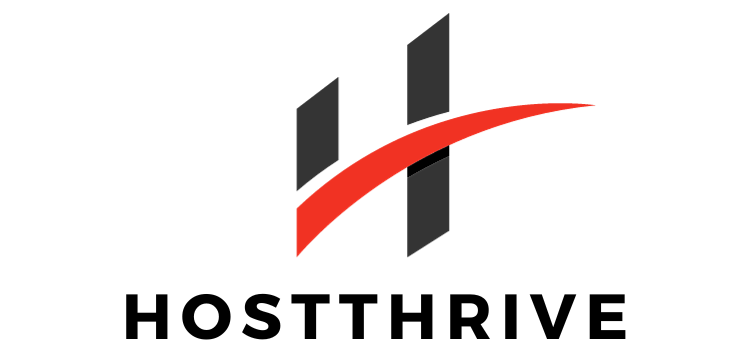Are you struggling to generate leads through your website?
Having a website is only the first step in establishing an online presence for your business. Generating leads through your website is crucial for growing your client base and increasing revenue. If you find yourself struggling to convert website visitors into leads, it may be time to optimize your website for better lead generation. In this article, we will discuss the importance of website optimization and provide practical strategies to improve lead generation on your website.
The Importance of Website Optimization for Lead Generation
When potential customers visit your website, you have a limited amount of time to capture their attention and convince them to take action. A well-optimized website can increase the likelihood of turning visitors into leads by providing a seamless user experience and compelling calls-to-action. By optimizing your website for lead generation, you can attract more qualified leads, improve conversion rates, and ultimately drive business growth.
Understanding Your Target Audience
Before you can effectively optimize your website for lead generation, it is essential to understand your target audience. Who are your ideal customers? What are their needs, preferences, and pain points? By gaining insights into your target audience, you can tailor your website content and design to resonate with them and encourage them to take action.
Creating Customer Personas
One effective way to understand your target audience is by creating customer personas. Customer personas are fictional representations of your ideal customers, based on research and data. By developing detailed customer personas, you can better understand the needs and behaviors of your target audience and create personalized website experiences that cater to their specific needs and preferences.
Conducting Market Research
In addition to creating customer personas, conducting market research can provide valuable insights into your target audience and industry trends. By analyzing market data, competitor websites, and customer feedback, you can identify opportunities for optimization and develop strategies to attract and convert more leads. Stay updated on market trends and consumer behavior to ensure that your website remains relevant and effective in generating leads.
Optimizing Your Website for Lead Generation
Now that you have a better understanding of your target audience, it’s time to optimize your website for lead generation. Here are some practical strategies to improve the effectiveness of your website in converting visitors into leads.
Clear and Compelling Calls-to-Action
One of the most effective ways to optimize your website for lead generation is by including clear and compelling calls-to-action (CTAs). CTAs prompt visitors to take a specific action, such as signing up for a newsletter, requesting a quote, or downloading a whitepaper. Make sure your CTAs are prominently displayed on your website, visually appealing, and use persuasive language to encourage visitors to take action.
User-Friendly Navigation
A user-friendly website is crucial for generating leads, as it enhances the overall user experience and makes it easier for visitors to find the information they are looking for. Ensure that your website has a clear and intuitive navigation structure, with easy-to-find menus, search functionality, and internal links. By providing a seamless browsing experience, you can keep visitors engaged and increase the likelihood of them converting into leads.
Mobile-Friendly Design
With the increasing use of mobile devices, it’s essential to have a mobile-friendly website design to optimize lead generation. Make sure your website is responsive and adapts to different screen sizes, ensuring that visitors can easily access and navigate your site on their smartphones or tablets. A mobile-friendly design not only improves the user experience but also boosts search engine rankings, as Google prioritizes mobile-friendly websites in search results.
Optimize Landing Pages
Landing pages are critical for converting website visitors into leads, as they are designed to capture contact information and generate conversions. Optimize your landing pages by ensuring they are relevant to the visitor’s search intent, have a clear and concise message, and include a prominent CTA. A/B test your landing pages to identify the most effective elements and continuously refine your approach to maximize lead generation.
High-Quality Content
High-quality content is essential for attracting and engaging website visitors, ultimately driving lead generation. Create informative, relevant, and valuable content that resonates with your target audience and addresses their pain points. Use a mix of blog posts, case studies, videos, infographics, and other content formats to keep visitors engaged and encourage them to take action. By providing valuable content, you can establish credibility, build trust, and increase the likelihood of converting leads.
Measuring and Analyzing Results
As you implement website optimization strategies for lead generation, it’s crucial to measure and analyze the results to determine the effectiveness of your efforts. Tracking key performance indicators (KPIs) can provide valuable insights into how well your website is performing in generating leads and where improvements can be made.
Setting Goals and KPIs
Before you can measure the success of your lead generation efforts, it’s essential to define clear goals and key performance indicators (KPIs). Identify specific metrics that align with your business objectives, such as conversion rates, lead quality, and customer acquisition costs. By setting measurable goals and KPIs, you can track progress, identify areas for improvement, and optimize your website for better lead generation.
Using Analytics Tools
To monitor and analyze website performance, it’s recommended to use analytics tools such as Google Analytics, HubSpot, or Adobe Analytics. These tools provide valuable data insights into website traffic, user behavior, conversion rates, and more, enabling you to make data-driven decisions and optimize your website for lead generation. Regularly review analytics reports, track KPIs, and make adjustments to your strategy based on performance data to improve lead generation outcomes.
Conversion Rate Optimization
Conversion rate optimization (CRO) is the process of improving the effectiveness of your website in converting visitors into leads. By analyzing user behavior, conducting A/B tests, and optimizing landing pages, CTAs, and forms, you can increase conversion rates and generate more leads. Continuously test and refine your website elements to identify areas for improvement and enhance the overall user experience for better lead generation results.
Conclusion
In conclusion, website optimization is a critical component of generating leads through your website. By understanding your target audience, optimizing your website design and content, and measuring results, you can improve lead generation outcomes and drive business growth. Implement the strategies outlined in this article to optimize your website for lead generation and attract more qualified leads to your business. Remember, website optimization is an ongoing process, so continue to monitor performance, make adjustments as needed, and refine your approach to maximize lead generation success.









